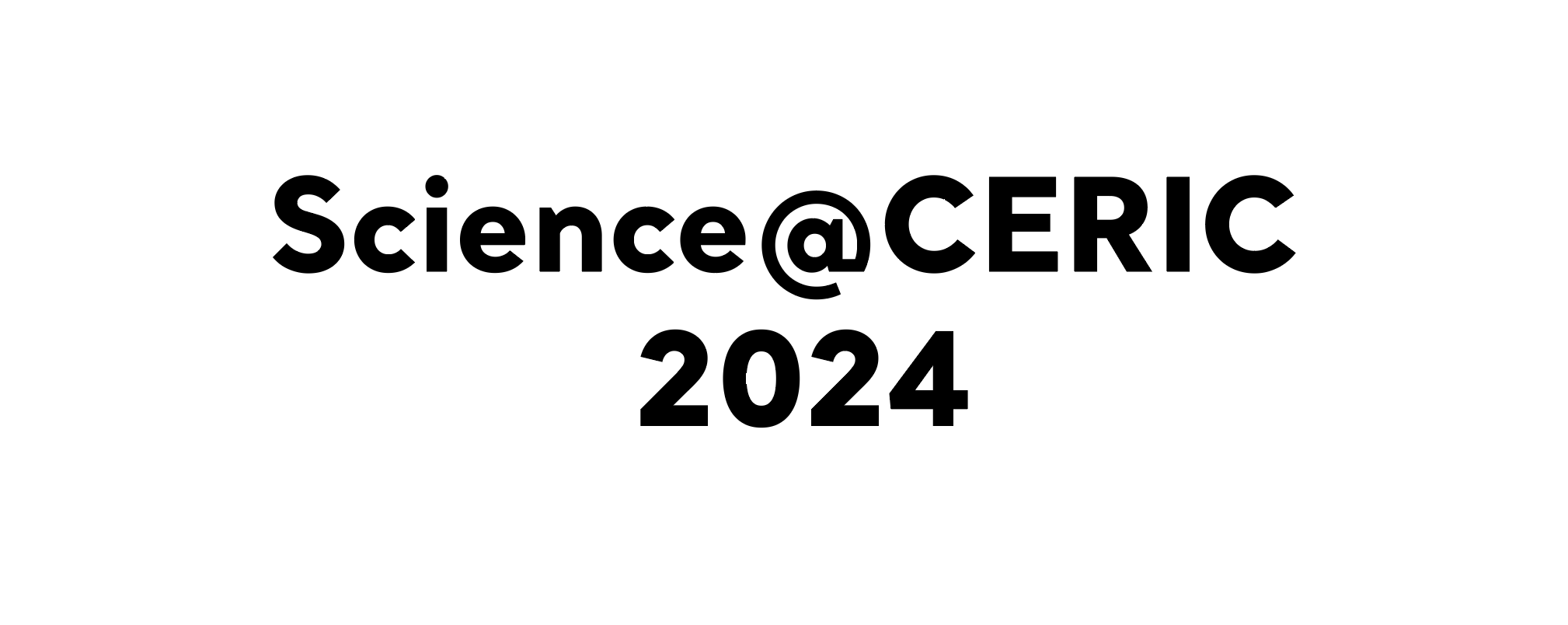About
![]()
CERIC is a European Research Infrastructure Consortium (ERIC) integrating and providing open access to some of the most advanced analytical facilities in Europe to help science and industry advance in all fields of materials, biomaterials and nanotechnology, with a focus on energy and life sciences. With a single entry point to some of the leading national research infrastructures in 8 European countries, it enables the delivery of innovative solutions to societal challenges in the fields of energy, health, food, cultural heritage and more.
CERIC’s main aim is to contribute to the creation of excellent science, both as in-house activity and as a service to international users. This is achieved mainly by providing open access to its research facilities through two calls for proposals per year, addressing researchers requiring the use of one or more among over 60 complementary techniques for structural investigation, analysis, synthesis and imaging of materials and biomaterials down to the nano-scale. Between 2020 and 2023, 1239 proposals were received from research groups coming from 60 countries worldwide. 695 proposals were selected for open access to the CERIC facilities, and the number of publications has significantly increased over the years.
To further contribute to scientific and technological output, mutual learning and integration of the facilities, CERIC supports four internal research projects, each involving at least two Partner Facilities. The three-year projects are implemented through joint co-funding of the involved parties, while the top-up is contributed from funds for strengthening CERIC, allocated by the Italian Ministry of Education, Universities and Research, MIUR.
Moreover, CERIC promotes and supports training actions for students and researchers, such as PaGES (Planning, Management and execution of a Scientific Experiment in an international research infrastructure), which addresses high school pupils to get them closer to the scientific environment and give them an overview of the career paths available in a research infrastructure.
Mutual training practices carried out with managers and administrative personnel in different ERICs (among others, in the framework of the Accelerate project) have fostered CERIC’s contribution to the development of policies, methodologies, funding plans and human resources elements of sustainability of research infrastructures, and of CERIC in particular.
CERIC-ERIC contributes to European research and innovation, representing an added value for the development of the European Research Area (ERA) and to its innovation potential. It stimulates beneficial impact on the scientific, industrial and economic advancement by improving the quality and capability in education, technology and in the attraction of other socioeconomic returns.

The origin of the Central European Initiative lies in the creation of the Quadragonale or Quadrangular which was established by Italy, Austria, Hungary and the Socialist Federal Republic of Yugoslavia (SFRY) in Budapest on 11 November 1989 (two days after the fall of the Berlin Wall). The Initiative had a double objective. From the political point of view it wanted to give a clear sign of overcoming the division in blocks, that had existed for so long in Europe, by re-establishing cooperation links, in sub-regional context, among countries of different political orientation and of different socio-economic structures (Italy, member of NATO and EEC; Hungary, member of the Warsaw Pact; Austria, a neutral country; and the SFRY, a non-aligned country). From the economic point of view, it intended to formulate and develop, in the relevant working groups, specific sectorial projects to be implemented with the goal of a gradual homogenization of the socio-economic structure of the Member States.
The Quadragonale political dimension was able to achieve considerable success in a very short period of time and can be regarded as the first attempt to respond to the request of the former communist countries to approach the Western European institutions. At its first Summit in Venice in 1990, Czechoslovakia was admitted and the Initiative was renamed Pentagonale, and in 1991, with the admission of Poland it became the Hexagonale. The Yugoslav crisis, which started in 1991, severely hampered the functioning of the Hexagonale, but it also proved the vitality and worthiness of the Initiative that managed to survive the dramatic dislocation of one of its founding members, initially by suspending the SFRY and then gradually readmitting the new states emerging on its territory. Thus, in 1992 the renaming of the organisation into Central European Initiative (CEI) was decided.
Now the CEI counts seventeen Member States. Initially established to build up regional cooperation and to promote complementary development among four countries, the Initiative developed into the largest forum for regional cooperation among countries of Central, Eastern and South Eastern Europe. Furthermore, the extension of its membership has refocused its priorities in helping the transition countries and assisting them in their preparation process for EU membership. Thus, throughout the years the CEI has gone through a transformation process from being an organisation predominantly oriented towards policy dialogue to a project-oriented organisation.


